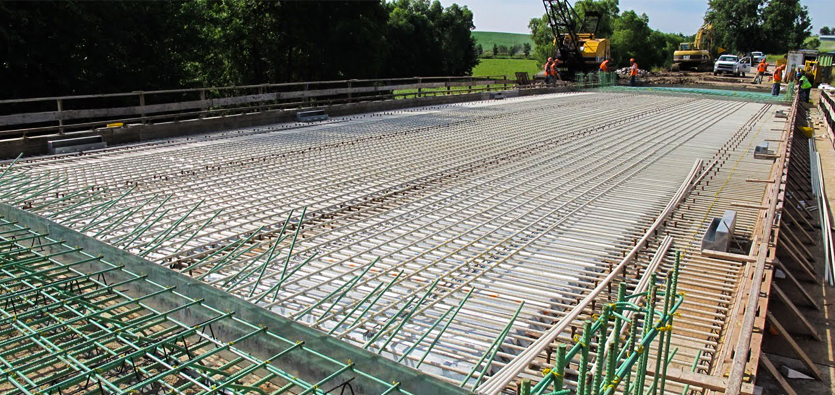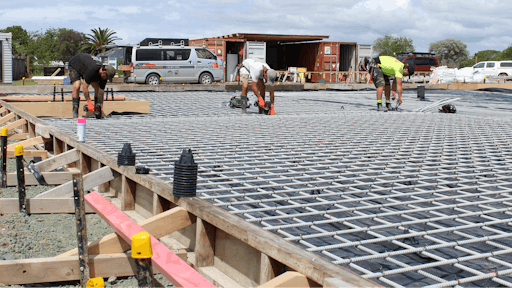Just How Composites are Changing the Landscape of Building Products
Just How Composites are Changing the Landscape of Building Products
Blog Article
Opening the Environmental Advantages of Recycled Composites in Building and Layout
In the realm of building and layout, the application of recycled compounds holds substantial promise for enhancing sustainability practices and minimizing ecological effect. The change towards a much more lasting future in these sectors pivots on opening the complete potential of recycled composites.

Environmental Impact Decrease
The reduction of ecological effect through the usage of recycled composites in building and style plays an important function in lasting methods. By including recycled compounds right into structure materials, the construction sector can dramatically reduce its carbon footprint and add to a much more environment-friendly future. These sustainable products, made from repurposed plastics, wood fibers, or various other recycled aspects, provide a viable choice to conventional construction products without compromising on top quality or toughness.
Recycled composites help draw away waste from landfills and minimize the need for removing basic materials, hence saving all-natural resources. In addition, the manufacturing procedure of these compounds commonly consumes much less power and releases less greenhouse gases compared to generating virgin materials (composites). This change towards using recycled compounds not only decreases environmental injury however additionally promotes a round economic situation by urging the reuse of materials that would certainly otherwise be thrown out
Waste Reduction
With a concentrate on lessening waste in building and style, the assimilation of recycled composites provides a lasting solution to decrease ecological influence. Waste reduction is an important facet of sustainable practices, and making use of recycled compounds offers an opportunity to accomplish this objective effectively. By using products that have actually currently offered their initial function, such as recycled plastics or redeemed wood fibers, the building and layout sectors can significantly decrease the amount of waste produced and sent out to land fills.
Recycled compounds have the potential to divert substantial amounts of waste from standard disposal approaches, adding to an extra circular economic climate where sources are made use of efficiently. Additionally, the manufacturing procedure of recycled compounds frequently consumes much less power and generates fewer exhausts contrasted to virgin products, better decreasing the ecological impact of construction and design projects.
Executing waste minimization approaches via the unification of recycled compounds not only helps in preserving all-natural resources but also advertises an extra sustainable approach to structure and making for a greener future.
Power Conservation
Incorporating recycled compounds not just reduces waste in construction and layout yet likewise plays a crucial duty in boosting energy conservation practices within the industry. The use of recycled composites in construction can significantly add to power preservation with various means. First of all, the production of virgin products commonly needs significant energy inputs, whereas using recycled compounds consumes less energy, consequently lowering overall energy consumption. Additionally, including recycled composites can contribute to far better insulation residential or commercial properties in structures, minimizing the need for too much heating or air conditioning, and subsequently lowering power usage for environment control. Moreover, the light-weight nature of lots of recycled composites can cause lighter structures, requiring much less power for transportation and installment. By advertising using recycled composites in building and layout, the industry can make substantial strides towards attaining power performance redirected here and minimizing its carbon footprint, inevitably adding to an extra sustainable built atmosphere.
Carbon Footprint Reduction
Enhancing sustainability practices via the use of recycled composites in construction and layout dramatically minimizes the carbon footprint of the industry. By including recycled materials into the manufacturing of composites, the need for virgin resources lowers, causing lower energy intake and greenhouse gas discharges connected with traditional production procedures. This reduction in carbon footprint is vital in combating climate change and advertising an extra eco-friendly strategy to building and style.
The carbon impact decrease achieved with the fostering of recycled composites lines up with the international push in the direction of lasting practices and the reduction of commercial emissions. Inevitably, by prioritizing the integration of recycled compounds, the market can make significant strides in reducing its carbon impact and contributing to a more sustainable future.
Lasting Future
The integration of recycled composites in building and style not only addresses prompt environmental problems yet likewise lays a solid foundation for a sustainable future in the sector. By integrating recycled compounds into building products and items, the building and construction and style fields can substantially decrease their dependence on virgin resources, bring about a much more round economy. This change in the direction of sustainability is important for mitigating the environmental influence of traditional building techniques, which frequently cause high degrees of waste generation and resource exhaustion.

Verdict
Finally, recycled composites offer significant environmental advantages in building and construction and layout by reducing ecological effect, lessening waste, saving energy, decreasing carbon impact, and promoting a sustainable future. Embracing the usage of recycled compounds can add to a much more environmentally-friendly method to building and layout, inevitably bring about a much more sustainable and greener future for all.
The decrease of ecological effect through the usage of recycled composites in construction and layout plays an important role in lasting methods.With a focus on minimizing waste in building and construction and layout, the combination of recycled composites supplies a sustainable solution to lower environmental influence. By advertising the usage of recycled composites in construction and layout, the market can make considerable strides towards attaining energy efficiency and reducing its carbon impact, eventually adding to a more lasting built setting.

Report this page